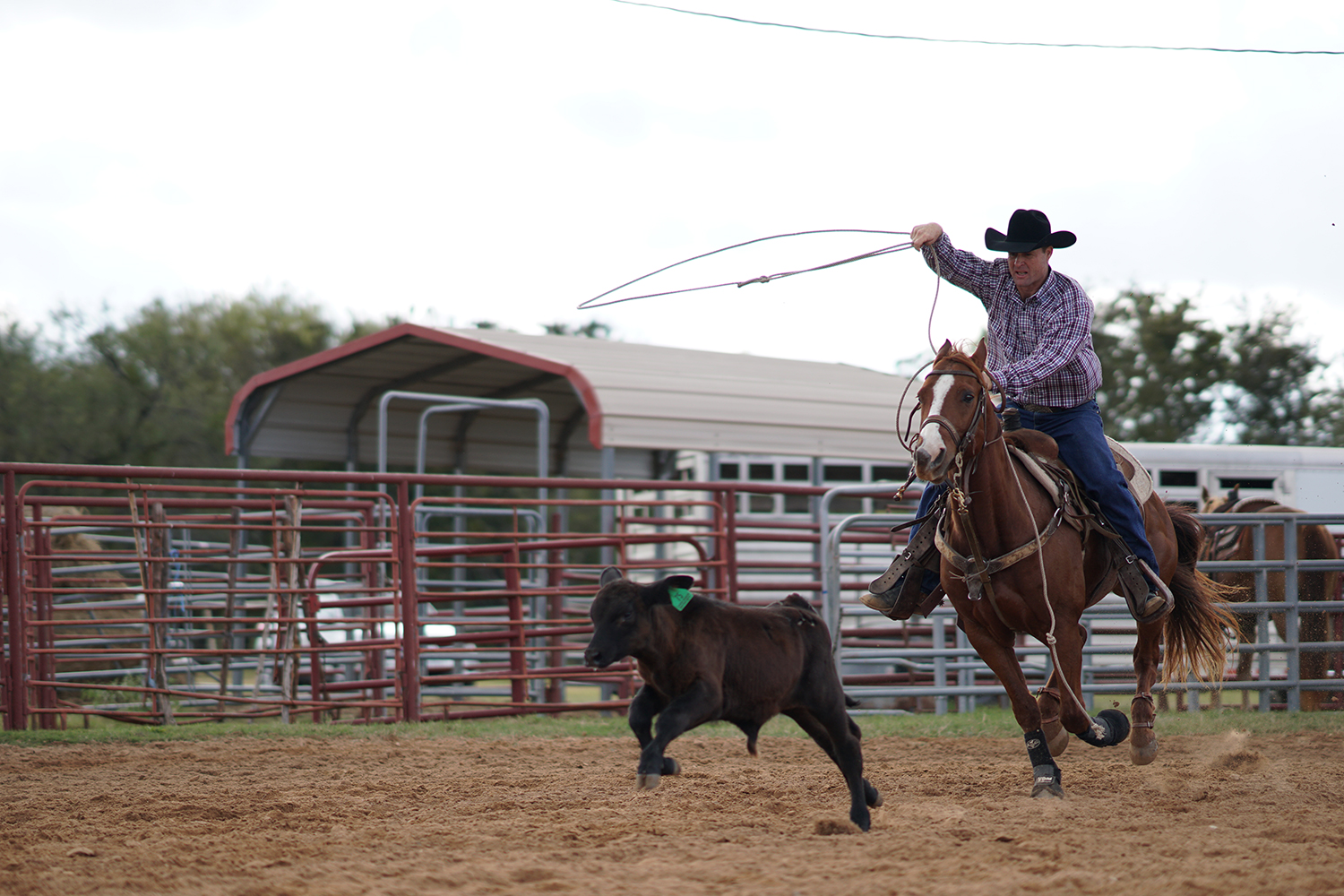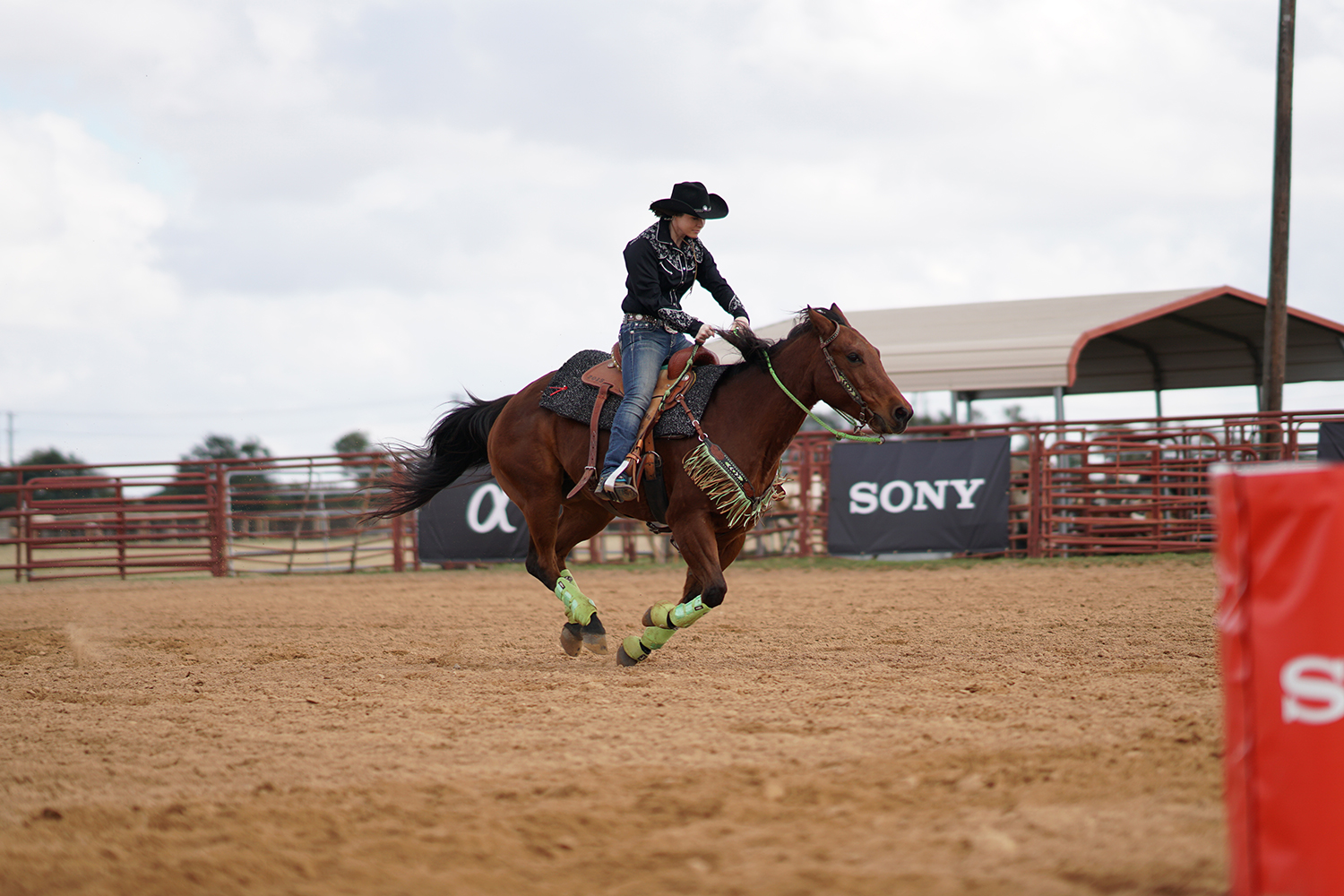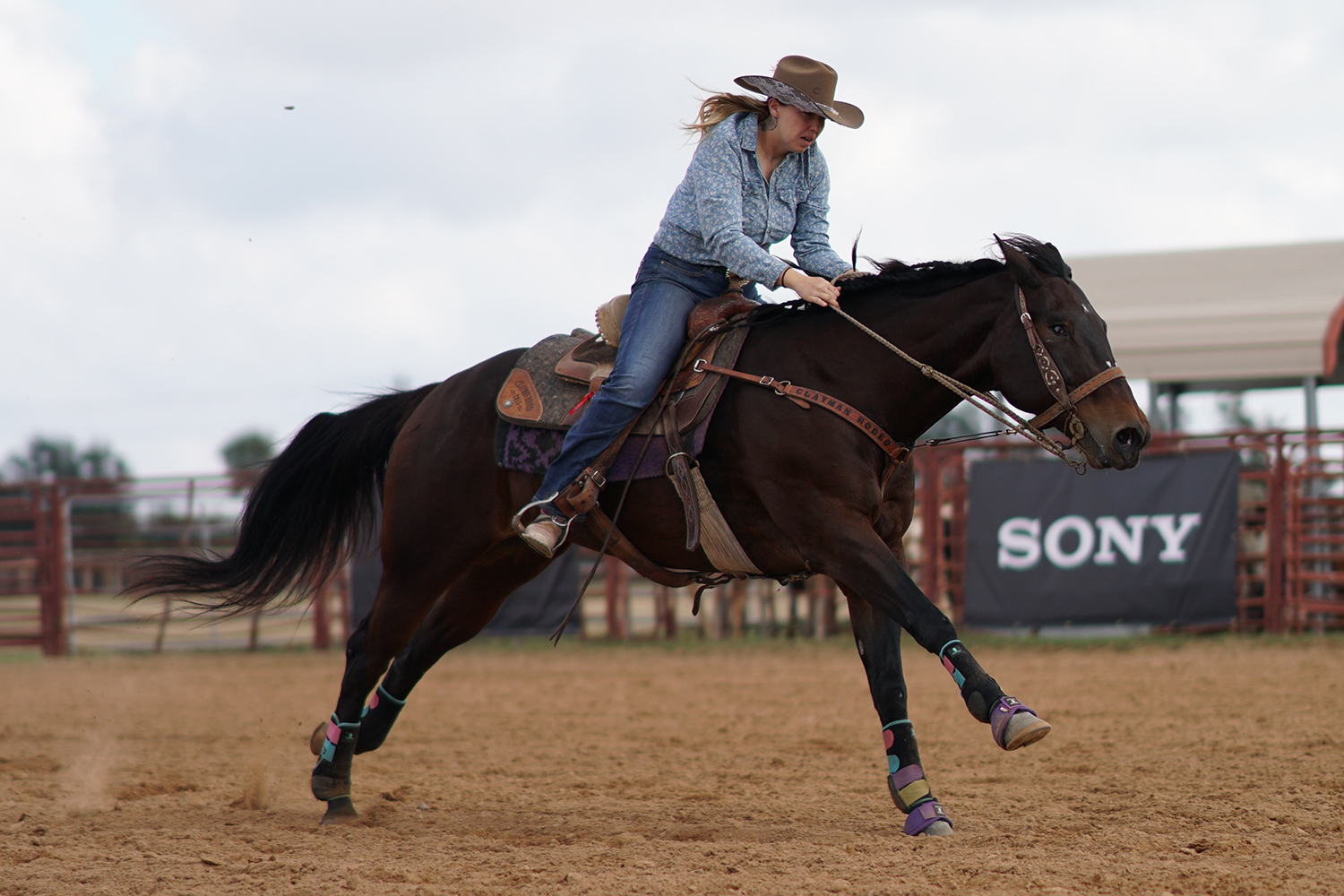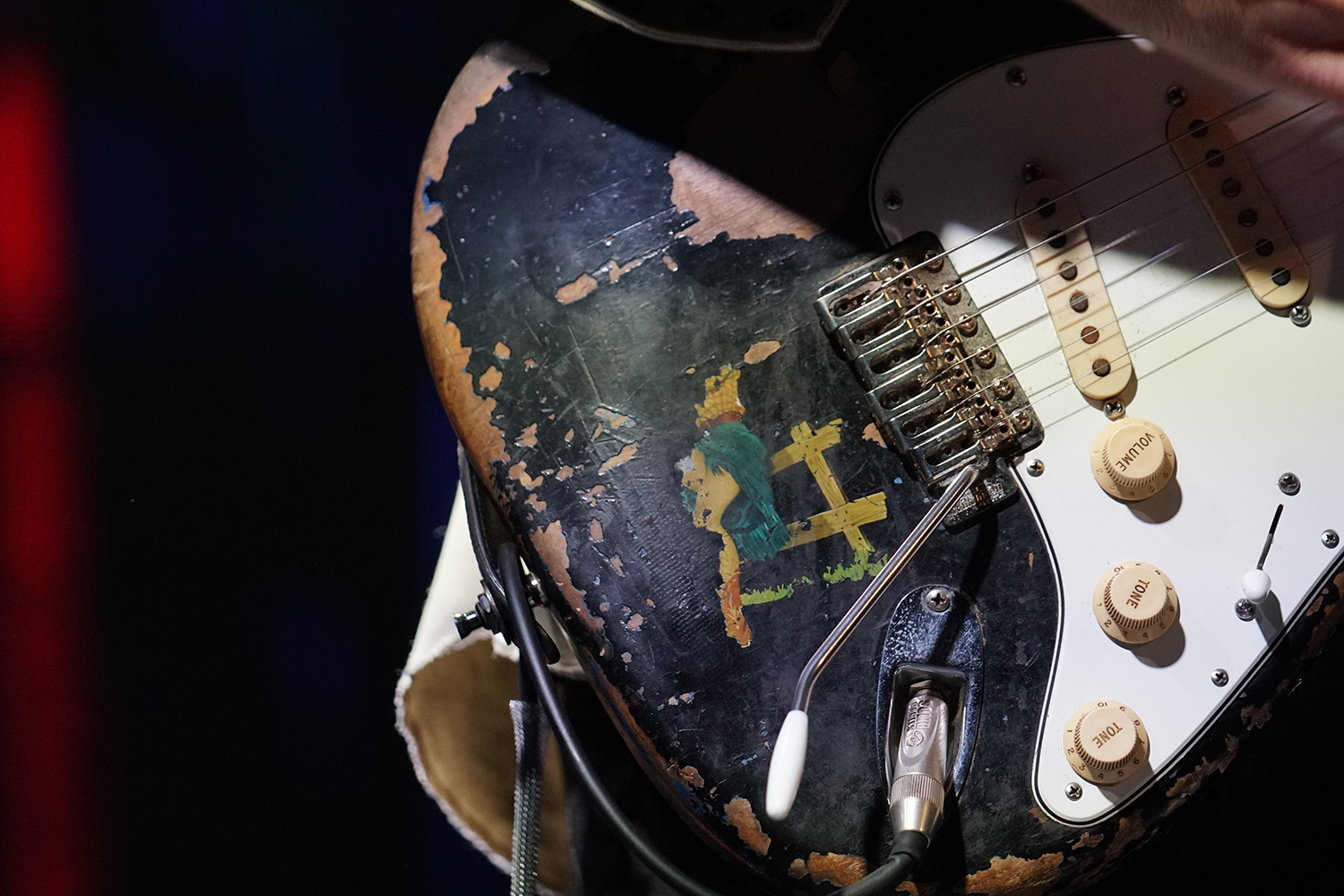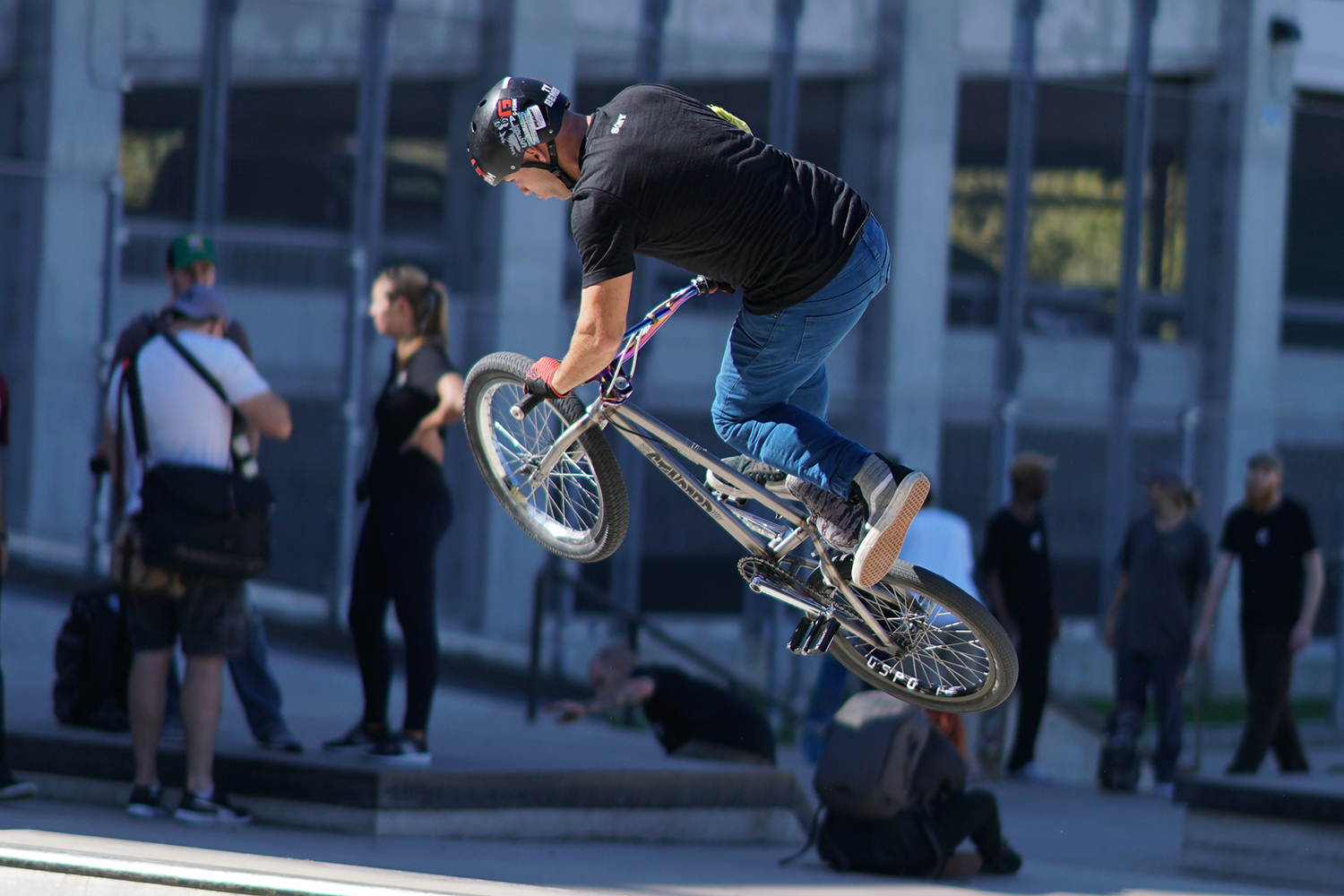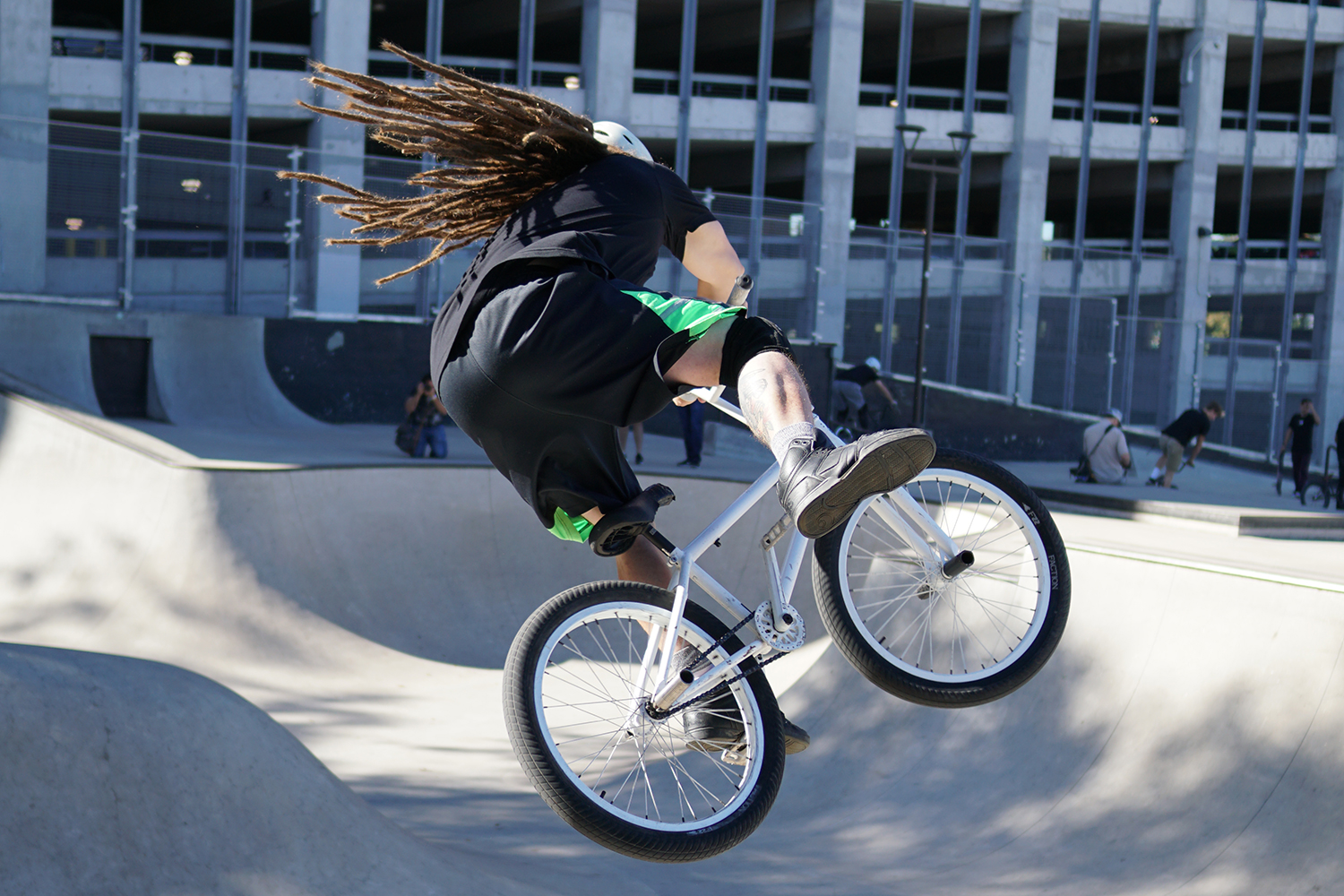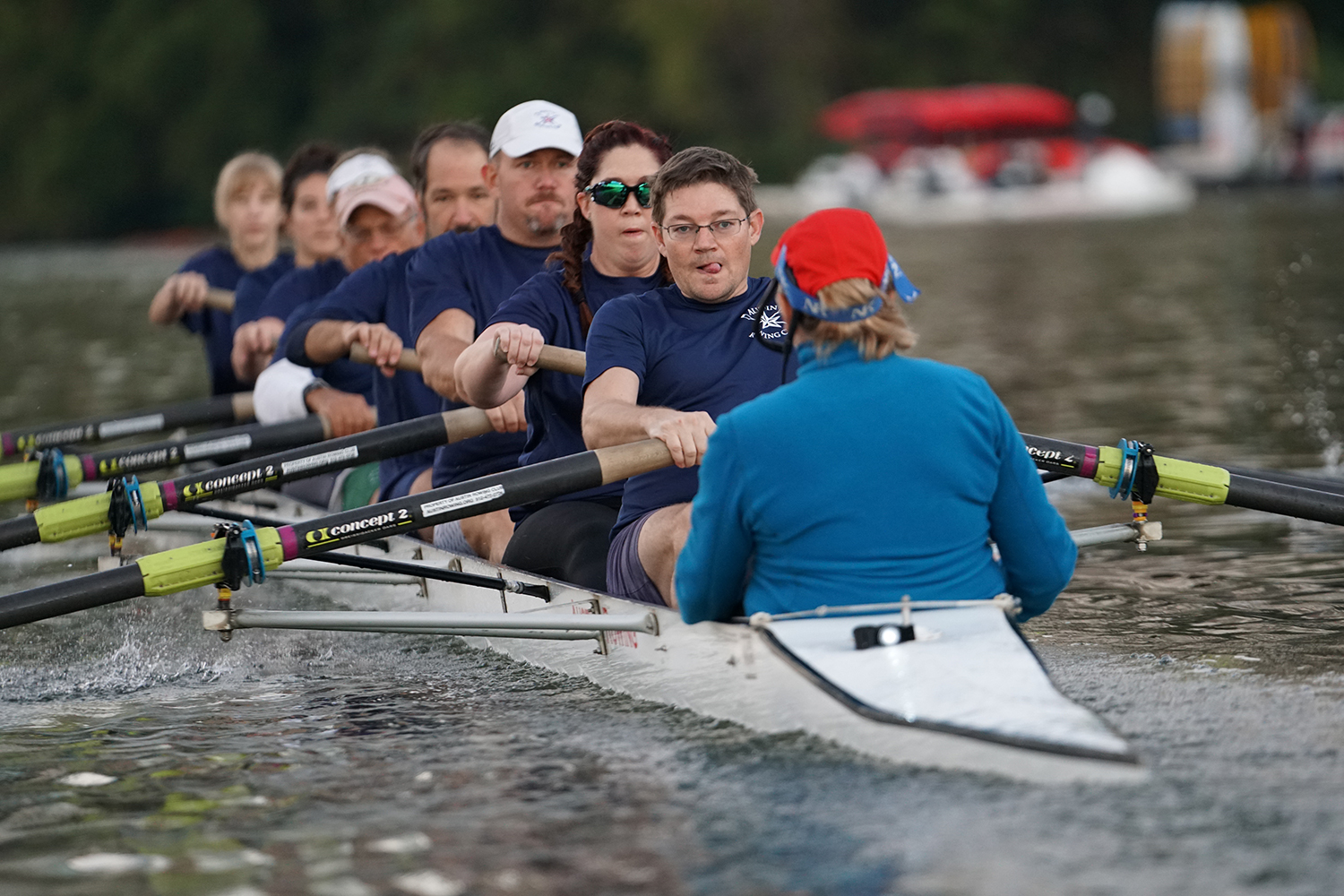Although Sony’s new A6500 looks very similar to its A6300 sibling, for $400 more it adds some really impressive features that make it a great choice for action photographers. We had an extensive two-day, hands-on session with Sony’s latest flagship APS-C mirrorless interchangeable lens camera – using a variety of lenses and photographing various subjects – and we got a very good sense of what this camera can and cannot do.
(Editors’ note: We attended a press preview event as guests of Sony, but all opinions are our own.)
Design and features
If you gave the A6500 a quick glance without zeroing in on the logo, you’d think it was any other member of the best-selling A6000-series. Although it has similar dimensions to the A6300 (about a pound with battery and card, body only), the surface has a slightly different matte finish and there’s a beefier, more comfortable grip.
The A6500 has built-in five-axis image stabilization, which lets you stabilize any lens attached.
But the new model has built-in five-axis image stabilization (IS), which lets you stabilize any lens attached, to reduce blur. In the case of the A6300, if you want IS you’d have to purchase more expensive glass with stabilization built into it. This is an excellent feature and found on other compact mirrorless models like the Olympus O-MD E-M1 Mark II and E-M5, and Panasonic’s Lumix G85.
The other top-line improvement is the size of the buffer. You can grab up to 100 RAW+JPEG images compared to 21 for the A6300. If you’re shooting Fine JPEGs only, it will handle 269 versus 47 for the A6300. If you’re an action photographer, that buffer is beneficial.
Besides the addition of a three-inch touchscreen (one feature we wish the A6300 had) and the aforementioned improvements, the A6500 and A6300 are otherwise built off similar specs: a 24.2-megapixel APS-C sensor; 11 frames-per-second burst shooting; 425 phase detection and 169 contrast detect autofocus points; top ISO of 51,200; 1/4,000 shutter speed; 0.39-inch electronic viewfinder; and the ability to capture 4K video.
As with all Sony mirrorless cameras, the A6500 uses E-mount lenses, and we had an excellent selection of E-mount glass to choose from during our two-day test session. Beyond these native lenses, through an optional adapter you can also attach Sony A-mount as well as third-party lenses from Canon and other brands.
Performance and use
As with the company’s previous press preview events, Sony typically provides a wide variety of subjects to photograph while we get a feel for the camera, and this event, held in Austin, Texas, was no different. Here’s what we had to photograph: our two-day hands-on experience started with rowers on the Colorado River that runs through the city, a visit to a local skate park, and then St. Edwards University tennis, lacrosse, and basketball teams in action, followed by a concert featuring rock guitarist Ian Moore and his band. The next day we went to a ranch to photograph several rodeo events such as calf-roping and barrel racing. Then there was a chance to capture Flying Disc Dogs that, naturally, catch Frisbees in the air. Models were also hand for static shots.
Nearly of these subjects had one thing in common: motion, with varying speeds. Since the A6500 has a maximum burst rate of 11 fps, we were encouraged to fire away, thanks the humongous buffer that lets you keep shooting and shooting.
Among the lenses used most often during the hands-on were the 85mm f/1.4 prime and 70-200mm zoom, but we also used the 16-70mm f/2.8, 28mm f/1.8, and others. By far and away the 85mm prime was a favorite and it’s one of Sony’s more expensive lenses, at $2,200 list. The ability to go so wide open lets us shoot at a fast shutter speed during a concert and it even worked well with tennis and rodeo action. (Since the A6500 uses an APS-C sensor, multiply by 1.5x for the 35mm equivalent focal length.)
We were impressed with the AF and burst speeds, as well as image color accuracy and dynamic range.
We were impressed with the AF and burst speeds. While it didn’t produce as many keepers as the Nikon D500 DSLR, the A6500 was no slouch capturing quick action. Also impressive was the overall color accuracy and dynamic range. When you enlarge a good quality APS-C image, there’s really no reason for the majority of photographers to go for a more expensive full-frame sensor.
Where the A6500 fell short was its touchscreen LCD, which was not very responsive. This could be due to the fact that the cameras we used were early samples. We’ll wait to test a final sample before we make a definitive judgment in a full review.
Another disappointment is the poor battery life. Although mirrorless cameras are inherently smaller than DSLRs, the A6500 battery provides a fraction of the juice. “Battery Exhausted” appeared more than once on our display screen. Fortunately, we had spares at the ready. And for the umpteenth time, we’ll complain about Sony’s convoluted menu system. Enabling the High Frame Rate setting is as obtuse as ever, which is a shame since it’s such a cool feature for capturing slow-motion clips.
Although predominantly using the A6500 as a still camera, we shot 4K videos as well. Focusing and color quality were quite good, as seen in the scenes of rowers, musicians, and rodeo riders. Sound is so-so but that’s to be expected from pinhole stereo mics. For those serious about moviemaking, the camera has a mic jack and hot shoe for accessory mics.
We couldn’t perform a full ISO test so we’ll hold off on that score, but we frequently used the 5,000 and 6,400 settings with no problems.
Pro tips
One of Sony’s Artisans of Imagery, Patrick Murphy-Racey, was on hand to give tips. He’s a noted sports photographer and offered some secrets for taking good images, no matter what brand of camera is being used. His advice: Use the fastest shutter available, open your aperture as wide as possible (lowest f/stop number), and adjust the ISO and exposure compensation for the proper exposure. For some action Murphy-Racey suggested we use single shot rather than burst mode, or what he calls “spray and pray.” Realize this is a general rule, so use the technique that works best for you. We liked the single shot method tip, but used “spray and pray” as well.
Before the Ian Moore gig, Chad Wadsworth, another Sony Artisan and noted concert photographer, gave pointers for shooting a performance. He advised turning off the AF illuminator to eliminate the red beams of light that are emitted, and turning off auto preview on the LCD. Wadsworth also recommended we practice proper etiquette when shooting in the concern pit: be courteous to other shutterbugs around you, and don’t hog a good spot.
What’s included
You’ll find the camera body, rechargeable battery, and AC adapter. The battery is rated 310 shots, per CIPA, but in the real world of shooting bursts and video, you’ll get much less. That’s why it’s absolutely a must that you buy a spare or two. In fact, Sony gave us three for our testing, so enough said. Sony also supplies a strap, cap, USB cable, and eyepiece cup. Software is available for download to handle files, as is the PlayMemories Mobile app for connecting your iOS/Android smartphone or tablet.
Conclusion
The A6500 is essentially the A6300, but better. The A6300 is one of our favorite mirrorless cameras, garnering an Editors’ Choice award. (It’s still available for sale; the A6500 is not a replacement model.) If it’s anything to go by, then we expect the A6500 to be a winning camera after we put it through a full review. Like the A6300, the A6500 delivers super stills, 4K and super-slow-motion videos, and great performance. It addresses the cons we had with the A6300, namely the lack of image stabilization and touchscreen.
We hope the A6500 doesn’t exhibit any overheating issues that have been reported by A6300 owners. The A6500 should be another best-selling mirrorless camera from Sony. Just consider spending extra for spare batteries and quality lenses that do the 24.2-megapixel sensor justice.
Stay tuned for a full review.
Highs
- Quality stills
- Amazing buffer, fast burst
- 4K and super-slow-motion video
- Five-axis image stabilization
- Touchscreen LCD
Lows
- Poor battery life
- Menus need simplifying
Editors' Recommendations
- The best photography tripods
- The best mirrorless cameras
- The best action cameras
- Sony A7S III hands-on: Confessions of a devout Panasonic user
- Sony’s A7S III is the ultimate 4K video camera, five years in the making
